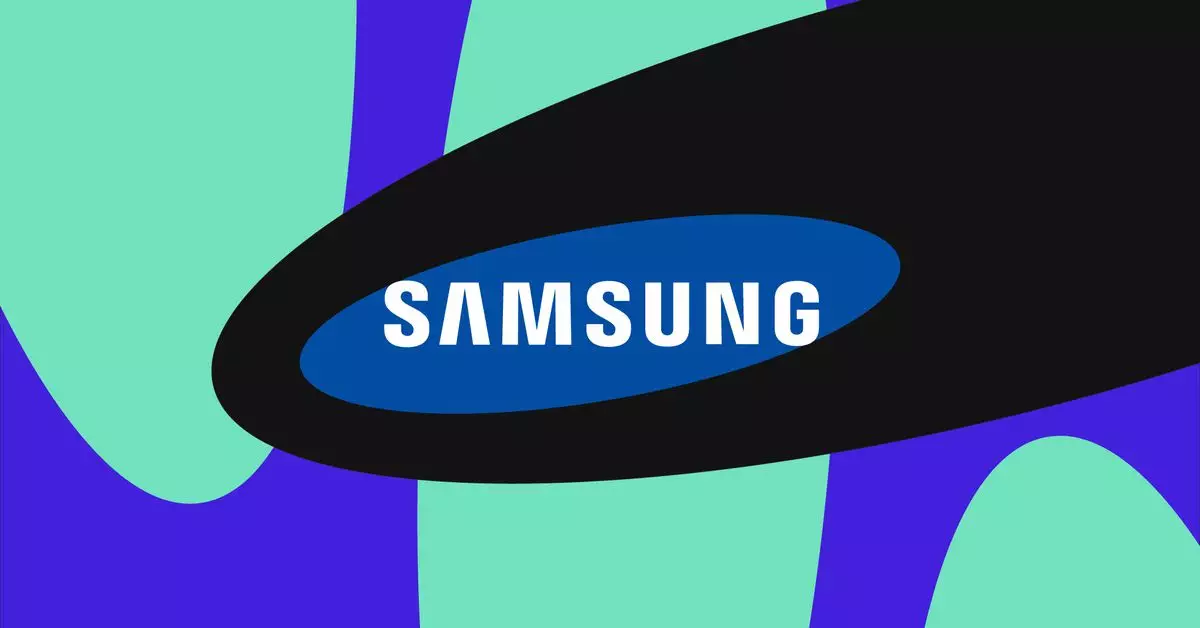The evolving landscape of augmented reality (AR) technology is witnessing an exciting development as Samsung and Google join forces to create a new generation of AR glasses. This partnership, announced by Samsung’s TM Roh to Bloomberg, indicates a strategic move by two giants in the tech industry to capture a growing market. While the announcement is intriguing, it notably lacks concrete details regarding the product specifications or a definitive release date. Roh emphasized that both companies are committed to ensuring that the final product meets high-quality standards before it enters the market.
The formation of this alliance comes on the heels of Meta’s launch of its first AR glasses, Orion, which have garnered attention for their impressive capabilities, even if they aren’t aimed at consumer sales just yet. The competition in the augmented reality sector is intensifying, as innovations emerge not only from established players like Meta but also from new contenders and collaborations aimed at reshaping how users interact with digital content. The announcement of Samsung and Google’s AR glasses heightens the anticipation surrounding this dynamic field and signals an essential step toward making AR technology more mainstream.
Meanwhile, the tech world is buzzing about Google’s Project Moohan, a mixed reality headset built on the foundations of the newly announced Android XR. This operating system aims to unify the AR experience across various devices, making it an integral part of the Samsung-Google partnership. As reported by Bloomberg, the forthcoming AR glasses are expected to integrate seamlessly with this new technology. A hands-on experience with the headset suggests that it draws influences from a blend of existing devices like the Meta Quest 3 and Apple’s Vision Pro, indicating a nuanced approach to combining features and functionality.
User Experience at the Forefront
In a demonstration of the mixed reality headset, attendees were treated to a firsthand look at its capabilities, which include a unique eye calibration process and intuitive controls that allow users to interact with their environment in innovative ways. Features such as resizing and positioning apps within a virtual space showcase the potential for immersive experiences that blend everyday tasks with digital enhancements. This aspect is key for both companies, as they aim to prioritize user experience and ensure their products are not only high-tech but also accessible and engaging for everyday consumers.
Beyond the AR developments, Samsung has also unveiled new details about its upcoming Galaxy S25 smartphone lineup, including the Galaxy S25, Galaxy S25 Plus, and the Galaxy S25 Ultra. This diversification showcases Samsung’s commitment to enhancing its hardware ecosystem while delving into new technologies. The synergy between their AR efforts and smartphone innovations indicates a holistic approach to consumer electronics, wherein various devices work collaboratively to enrich user experience.
The collaborative endeavor between Samsung and Google in the development of AR glasses signifies a pivotal moment in the status quo of technology. As both companies strive to make augmented reality user-friendly and innovative, the tech world eagerly anticipates the materialization of these advancements, which promise to redefine the interaction between the digital and physical realms.


Leave a Reply